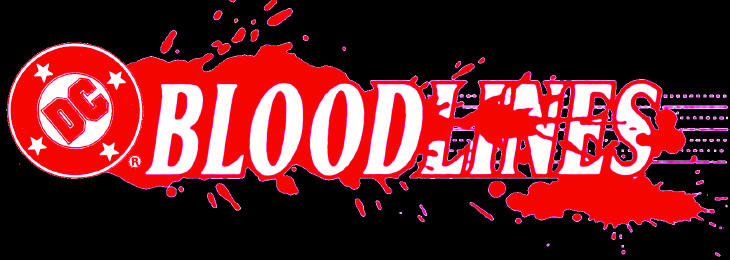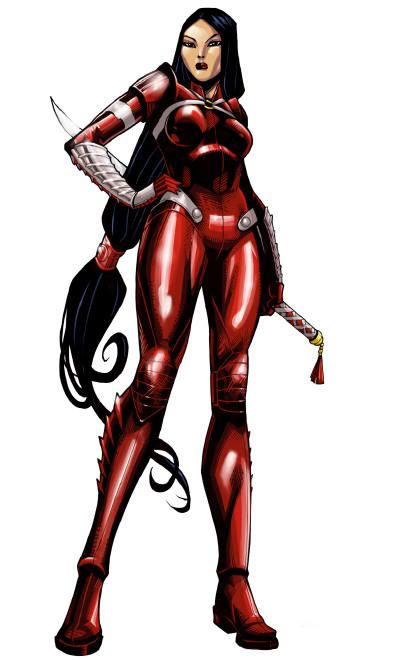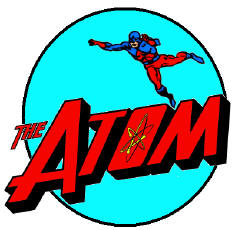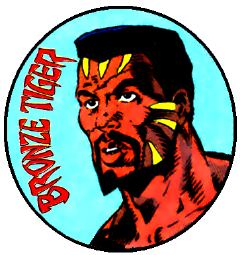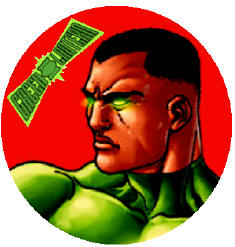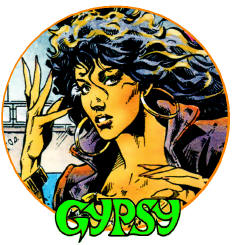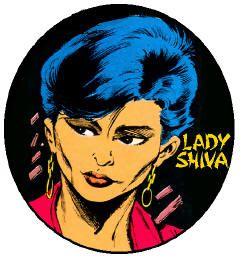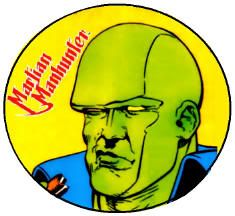
Houston used to have regular comic conventions during the 1990s boom years, usually in the ballrooms of ratty hotels. After the bust, I ran tables to clear out inventory for the shops I ran at these shows, and did okay with it for a while. Lugging longboxes to shows for a few hundred bucks eventually landed on the wrong side of the cost/benefit analysis, though, and I can't recall attending shows in any capacity between about 1996 and 2010, when I gave the first big Comicpalooza at the George R. Brown Convention Center a shot. I've been a big booster of that show ever since, and it's proven successful enough to spawn the new Space City Con.
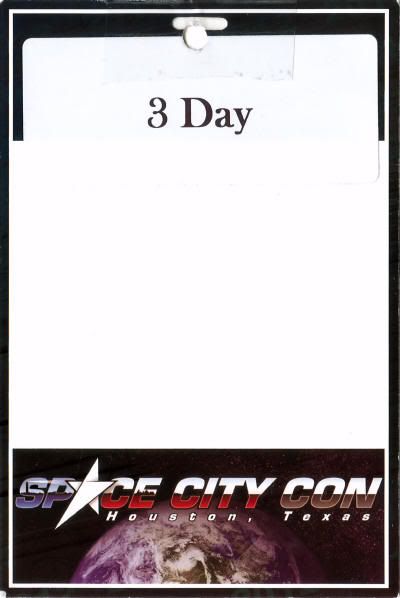
Comicpalooza started very small, in the lobby of an Alamo Drafthouse Cinema in 2008, expanding to an event at the West Oaks Mall. Space City Con's debut was comparatively auspicious, taking place across a couple of floors inside the swanky Westin Oaks (no relation) adjunct to the sprawling
Galleria complex. A plus to that was free parking, but it was quickly undermined but the time it took to navigate congested weekend street traffic and then finding a garage space. Next year, I must remember to allocate the $18 for three days worth of valet parking. It also hurt to schlep through three stories of mall, especially if like me you avoid that maze like the plague. There was no signage or other indication that there was a convention going on around the mall, and online directions were worthless. I had to wander into a separate hotel and ask the concierge for directions to the discrete Westin Oaks entrance, and then again got bounced around until I could find registration. That looked to be run by librarians taking part in a child literacy program tied into the event, and the business was all done with those nifty card swipe attachments for iPads/iPhones. Badges were nondescript unlaminated cardboard, with a bright orange ad for printer
Litho Ninja on the back. Packing tape was used to reenforce the peg hole used to clip it to a rather nice nylon lanyard I'm totally going to repurpose in the future.

I had to work over the weekend, so most of my experiences were of Friday. That day, folks were stuck using extremely slow moving elevators, and I struggled moving about the unfamiliar mall. On Saturday, a lobby entrance was set up with an easily accessible staircase, and I had an easier time getting my bearings between the various garages and shops. There were various booths in the lobby registering upcoming events elsewhere, and those video game pod things I saw at the last two Comicpaloozas but have yet to try. There were plenty of auditoriums and meeting halls, but I never saw anything with an attendance greater than 10% of capacity (which is being generous.) Comicpalooza 2012 had the opposite problem, with ramshackle presentation space and terrible audio that people still wanted to get into. If I remember correctly (no guarantees,) the celebrities and writers were in the lobby area. The movie people were super z-list (some guy who his a button in a scene from
The Hunger Games?) except Nichelle "Uhura" Nichols, who I never laid eyes on. R.A. Salvatore was supposed to be around, but ironically, I don't pay attention to writers at shows. I didn't notice any major lines anywhere.

Upstairs was a common area that led into several branching halls. There was an area of booths for role-playing games, and lots of unused tables to sit at. Again, I don't know if it was the wealth of space spreading people out, but there didn't seem to be tons of gameryousness. I used the area as a cut-across, and could feel gamer booth tenders eying me, hungry for attention.

The comics showroom was very much where the action was. It was a good sized room encircled by booths along the perimeter, orbiting an inner circle. Artists were roughly grouped together along one corridor, with craftsmen stationed at either end, and dealers dotted throughout. There were plenty of people moving around, but there was still space enough to get by, and I liked that things weren't so spread out as to require jogging shoes. To establish scale, San Diego Comic Con cannot be done entirely, even over five days. Comicpalooza can be done in one exhausting day, but it's better to take two or more to thoroughly enjoy it. Space City Con was a comfortable single day show, panel inclusive. You can do the showroom in a few hours, and the only reason I returned over the weekend was to pick up overnight commissions.

I hadn't planned on coming to Space City Con, and from what I gathered talking to artists, neither had anyone else. The sea change came with the bookings of Art Adams and Whilce Portacio, two of the biggest comic artists ever, easily comparable with any "names" Comicpalooza has had thus far. Everybody I talked to wanted to meet and offer tribute to these guys, and the guest list seemed to swell for this reason. A bunch of the guys I got commissions from were just in town this May, but returned just to join that duo. I got work done by both of them, and each was swell. Adams intimidated me, because he's Arthur freakin' Adams, but he ended up being really sweet. Whilce Portacio is an irresistible force for socializing. I usually like to discuss a project, pay the artist, get out of their way, and finally return to collect and sing praises. With Portacio, it was like working the counter at a comic shop again. We both had long, loud opinions about everything, and it was tough to break away and spare innocent bystanders from all that noise pollution. Much fun.

As I mentioned, aside from those names and a few other guys who had skipped Comicpalooza this year, Space City Con was about getting follow-up pieces from the same folks I just saw in May. I never did track down Jamie Kinosian for a second commission, but I did run into that guy my girlfriend paid $65 to that hasn't even started on her piece yet. That guy didn't pass my smell test, so I feel vindicated for having blown him off as a prospect for my stuff, but I'm still kind of pissed by proxy. Everyone else was great, and it makes me happy that so many folks remain enthusiastic over the oddball obscurities I ask them to draw.

I'll be interested to see where Space City Con goes from here. I think the organizers got a lot of things right, and preferred aspects of it to the other major Houston show, but it still feels like Comicpalooza Junior in many respects. I'd like to see SCC develop more of its own personality, with more unique guests. Adams, Portacio and Khoi Pham were huge steps in the right direction, but the organizers need to secure and announce such catches earlier, because I literally had about two days' notice before turning the con from a pass to a must. Comicpalooza has already lined up Chris Claremont, Michael Golden, Mark Texeira, Joe Jusko, Julie Bell and Boris Vallejo ten months in advance, whereas I'm not aware if SCC 2013 is happening at all. I'm hopeful, though, and am happy to see cons return to Houston. For more pics, see the
Houston Press slideshow.

